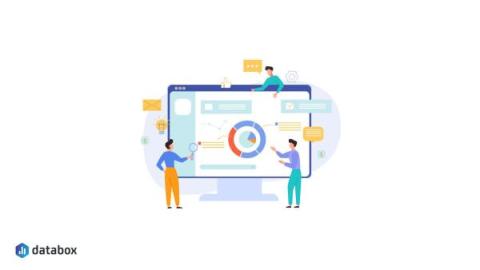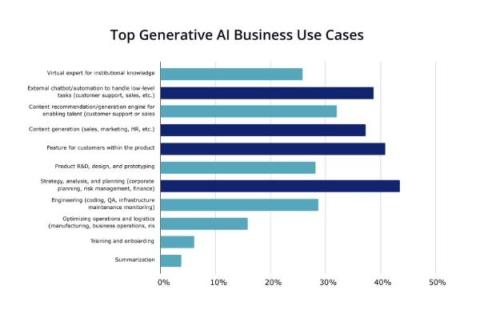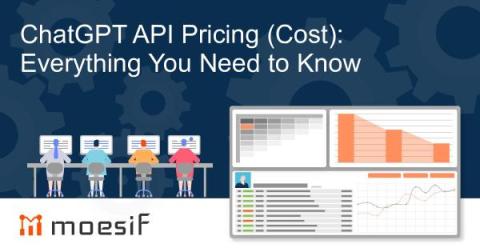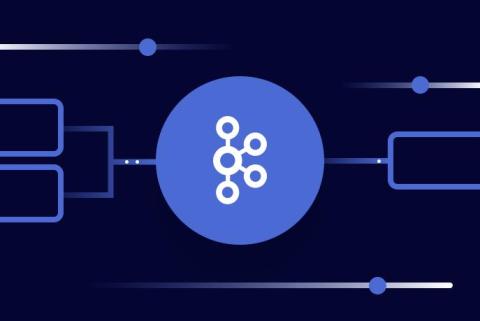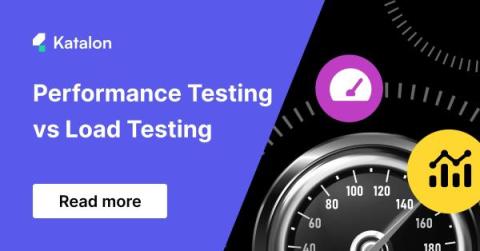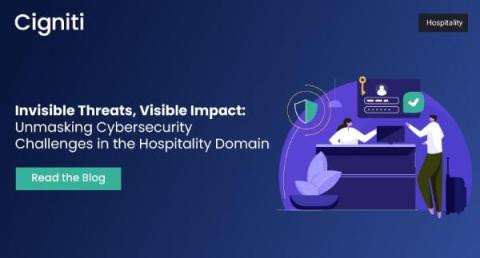Systems | Development | Analytics | API | Testing
Latest News
It's Midnight. Do You Know Which AI/ML Uses Cases Are Producing ROI?
In one of our recent blog posts, about six key predictions for Enterprise AI in 2024, we noted that while businesses will know which use cases they want to test, they likely won’t know which ones will deliver ROI against their AI and ML investments. That’s problematic, because in our first survey this year, we found that 57% of respondents’ boards expect a double-digit increase in revenue from AI/ML investments in the coming fiscal year, while 37% expect a single-digit increase.
How to Handle Multiple Windows in Selenium?
Selenium WebDriver has emerged as a potent tool for web automation, allowing testers and developers to simulate user interactions with web applications. However, the web environment isn’t always straightforward. Modern web applications often open multiple browser windows or tabs, presenting a challenge when automating tests. Understanding how to handle these multiple windows within Selenium WebDriver is crucial for effective automation.
Low-Code Business Process Automation: A Blueprint for Success
In the age of rapid innovation, organizations are increasingly adopting low-code business process automation (BPA) to meet demand for speedy custom application delivery and seamless digital workflows. Perhaps that’s why global demand for low-code automation platforms (LCAPs) is expected to grow 25% to a $10 billion market value in 2023. So what does the ascendance of BPA tell us about the evolution of innovation?
Fivetran formulas: Creating accurate financial statements
Follow this formula to streamline financial statements and automate data for accurate financial analysis.
ChatGPT API Pricing (Cost): Everything You Need to Know
API pricing is important for developers and businesses alike, as it shapes strategic decisions and resource allocation. As APIs are integral to AI App developers’ frameworks , cost-value alignment in pricing ensures informed choices for organizations and customers alike, preventing unexpected financial hurdles. For AI-based API products like the ChatGPT API, pricing models must offer clarity and flexibility.
Securing Laravel forms using Cloudflare's Turnstile CAPTCHA
Top 7 Free Apache Kafka Tutorials and Courses for Beginners in 2023
Stepping into the world of Apache Kafka® can feel a bit daunting at first. I know this firsthand—while I have a background in real-time messaging systems, shifting into Kafka’s terminology and concepts seemed dense and complex. There’s a wealth of information out there, and it’s sometimes difficult to find the best (and, ideally, free) resources.
Performance Testing vs Load Testing: A Detailed Comparison
Performance is an essential aspect of any successful system. When it comes to terminology, it is important to make clear distinction between performance testing and load testing. Put simply, performance testing encompasses a broader scope than load testing. Performance testing checks the system performance under normal and abnormal conditions, while load testing only focuses on normal conditions. In this article, we will learn more about the differences between performance testing vs load testing.
Invisible Threats, Visible Impact: Unmasking Cybersecurity Challenges in the Hospitality Domain
In 2022, Marriott, the renowned global hotel and resort company, fell victim to a cunning social engineering attack. During this security breach, cyber attackers successfully exfiltrated a staggering 20 gigabytes of highly sensitive customer data, including personal information and credit card numbers. In that very year, InterContinental Hotels Group (IHG) found itself in the crosshairs of a cyberattack that effectively crippled its booking systems and rendered its mobile apps inoperative.


